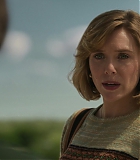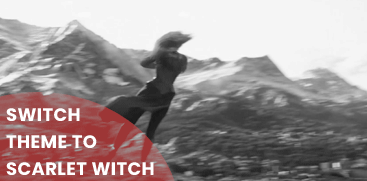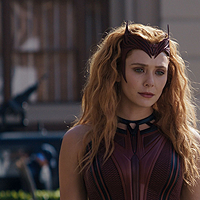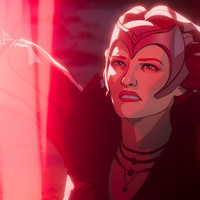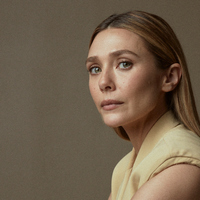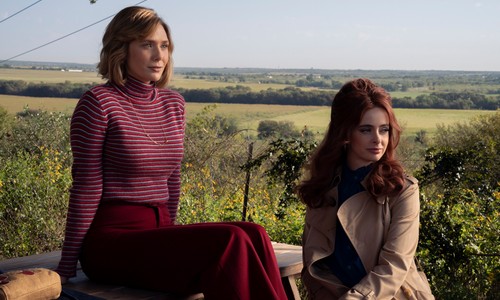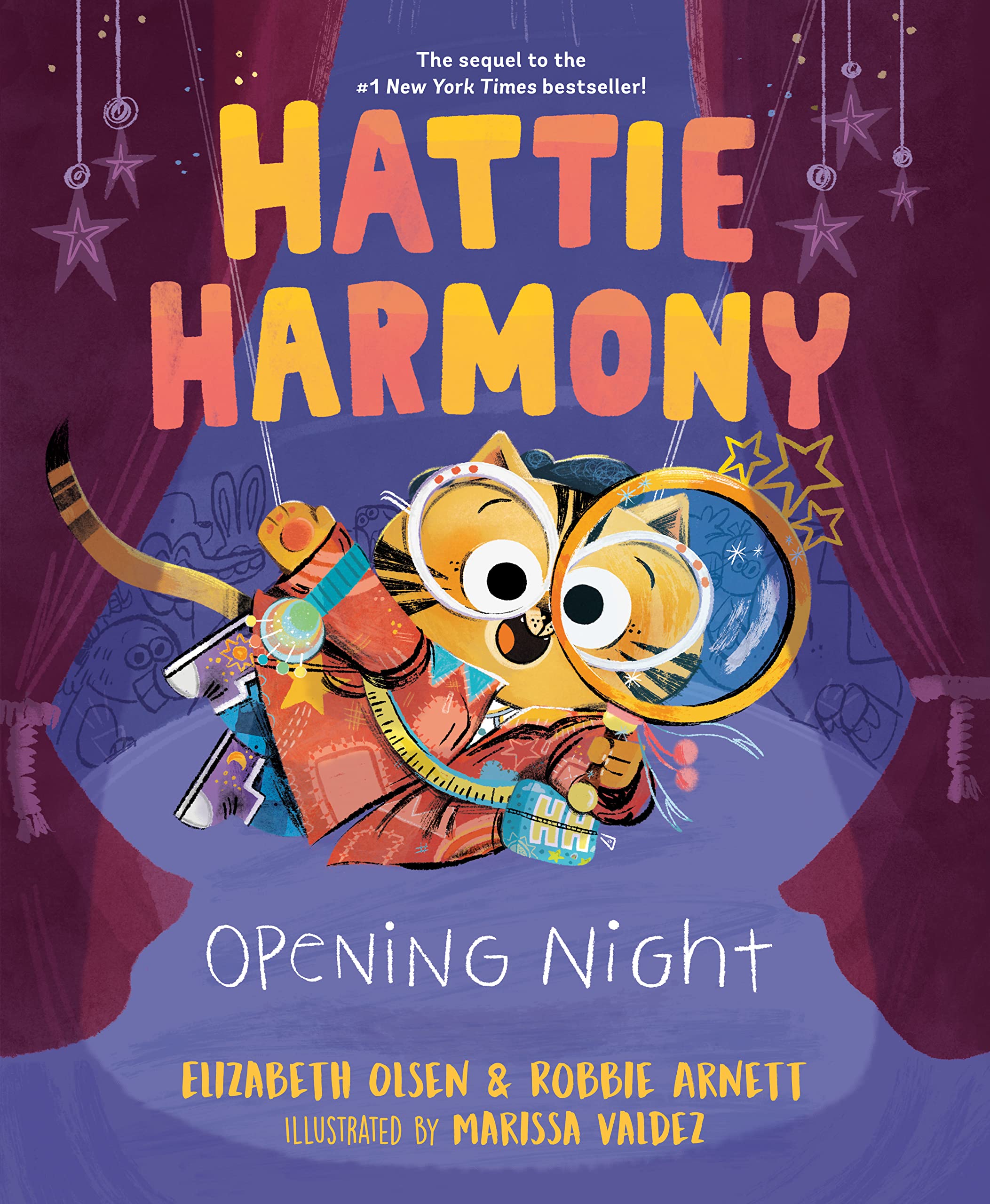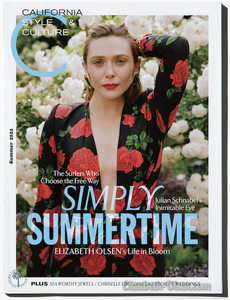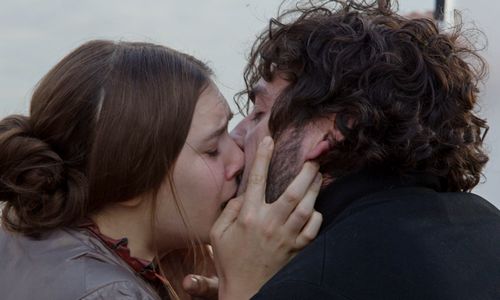
Spoilers for Love & Death below.
Before she signed onto HBO Max’s miniseries Love & Death, Elizabeth Olsen didn’t know about Candy Montgomery, the Texan homemaker and churchgoer who, in 1980, brutally murdered her ex-lover’s wife Betty Gore with an axe. And even when she received the scripts from show creator David E. Kelley (Big Little Lies) and director Lesli Linka Glatter (Mad Men), she didn’t immediately realize that it was a true story.
Audiences, however, might already be familiar Candy’s true-crime tale, if for no reason other than Hulu’s recent show Candy, starring Jessica Biel as the titular character and Melanie Lynskey as Betty. In the version featuring Olsen, the cast includes Lili Rabe (Betty), Patrick Fugit (in the role of Candy’s husband Pat) and Jesse Plemons, playing Betty’s husband, Allan Gore, who had a nearly year-long affair with Candy prior to the murdering of his wife.
At the start of their endeavor, neither Olsen nor the showrunners thought the other project was in the works. “When we were discussing doing this, we were told by multiple people that it wasn’t happening,” recalls Olsen during a recent video interview with ELLE.com. “But while we were filming, we learned that it was happening. You don’t usually sign onto something knowing that someone’s doing the same thing, because you understand it’s going to be compared,” she continues. “At this point, you just have to make peace with it. I would hope that the audiences would get something different [from this] in an interesting way.”
Love & Death, which debuts its finale today, does grant Olsen her wish when it comes to offering audiences something new, thanks in large part to Olsen’s exquisitely crafted portrayal of a restless woman out of step with her community’s conservative demands. Below, Olsen discusses her approach to Candy, some of the more challenging scenes to film through the final episode and what she would like to tackle next in her career.
What kind of responsibility goes into portraying someone who committed a true crime in terms of both empathizing with her and leaving room for the audience to have their own take?
I don’t focus on [these] pressures while filming. It’s something you think about when you make a decision and then you have to trust the creative heads of a show: your writer and your director, and trust the scripts and focus on doing your job. It’s really the before element is when you are really considering the potential weight of whether or not something makes you feel uncomfortable. I think of this event and its outcome as a kind of anomaly, which keeps people interested. Nothing really makes sense to people, the act of the crime itself as well as the outcome of the trial. And analyzing something that doesn’t make sense to us in a story is a useful way of processing things that seem frustrating and confusing to us as people.
Your performance brilliantly captures both the public persona of Candy and the private Candy. We all have those two faces, but in Candy’s case, it’s amplified because she has a performative side.
There’s a lot of research that went into these characters, but the research is limited to basically a book [Evidence of Love by James Atkinson] and some articles. Within the book, there are direct comments from the people who were a part of that, whose lives are affected, as well as letters and things like that. Specifically with her letters when she was younger, you start to understand someone’s value system. And the performance of what it means to be a woman in this location at this time is something that I was really curious about. The performative nature of femininity and how you can use it in ways to get what you want in the world was something I was curious about exploring, as well as the value systems of the location and these people.
When you think about it, there’s a lot of amazing progressive thinking going on in the late seventies, and these people chose to build a community in Texas where they could ignore those progressive changes and hold onto this idea of the nuclear family that feels dated to the fifties. And you think about what that mindset is. And I do think Candy struggled with the fact that that was her world, [because] she also understood the modernity of the time.
“The performative nature of femininity and how you can use it in ways to get what you want in the world was something I was curious about exploring”
I also think of her as someone incapable of being alone with her thoughts. That there’s always something; [she’s] someone who is so motivated by constant activity, constantly being involved in projects, building businesses. I interpreted her choice of listening to music a lot in her private time as her true inability to be alone with quiet thoughts. And the moment she is forced to have to reckon with those thoughts because of her actions is when I think you’re allowed to have a shift in the character that you see more clearly.
You and Jesse Plemons are in various intimate scenes, and I’m not just referring to sex scenes. The affair between Candy and Allan starts awkward and childlike. What went into building that together?
Read the rest of this entry

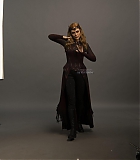
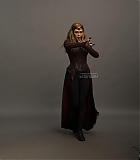







 >
>


 >
>


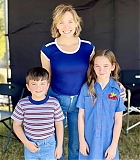 >
>


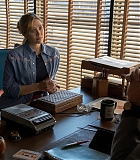 >
>

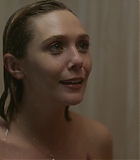
 >
>
